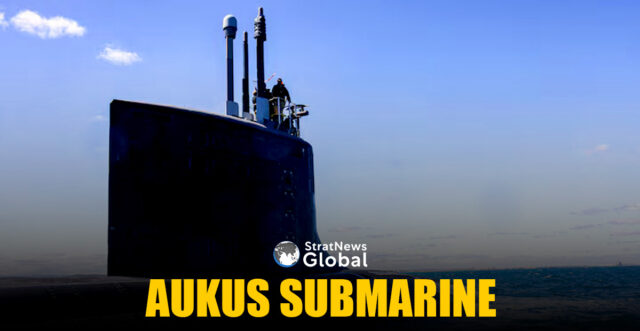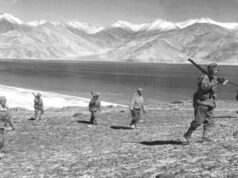U.S. controls on sensitive defence exports, eased for AUKUS partner Australia last year, still apply to submarines, hindering collaboration on U.S. Virginia-class sub production, officials and executives said.
Whether the United States can overcome production delays to meet U.S. Navy targets is key to whether Australia can buy three Virginia-class nuclear powered submarines under AUKUS, Defence Minister Richard Marles said last month. Australia faces a 2025 deadline to pay $2 billion of the $3 billion it has pledged to improve the U.S. submarine industrial base.
Slow Progress
Elon Musk’s Department of Government Efficiency has been tasked by U.S. President Donald Trump with reviewing Navy procurement, in an executive order on shipbuilding that also refers to American-made components and reducing regulations.
Attempts to bring Australian companies into the Virginia submarine’s U.S. supply chain have made slow progress.
Australia, the United States and Britain removed significant barriers on defence trade between AUKUS countries in August, with 70% of defence exports from the United States to Australia, previously subject to the U.S. International Trafficking in Arms Regulations, becoming licence-free.
Lengthy Licence Process
A lengthy licence process remains for an Excluded Technology List, which largely covers advanced or sensitive defence areas.
“Submarine technology is on the excluded technologies list, meaning it is not going under the AUKUS exemption,” said Kylie Wright, assistant secretary of defence industry at Australia’s Department of Defence.
An Australian Submarine Agency spokesman said it was working with the United States on other solutions.
“Seamless transfer of technology and information between Australia and the U.S. is key to the success of AUKUS,” the spokesperson added.
Restrictions on transferring information about the nuclear submarine mean Australian component manufacturers can’t bid for work in U.S. naval shipyards, even where they can supply badly needed parts, company executives said.
Relying On Outward Help
U.S. submarine builder Huntington Ingalls Industries (HII), Honeywell and the U.S. Navy are helping a handful of Australian companies qualify to bid for Virginia sub contracts in pilot programmes focussed on information security.
Western Australian defence contractor Veem expects to take a year to complete the U.S. security process that will allow it to exchange information with HII.
“The components that are delaying them in their build are components which we build,” said Veem chief executive Trevor Raman.
“Proving we have enough systems in place to secure that information and it won’t fall into the hands of U.S. enemies, that is the biggest one we have to get ourselves around,” he said.
Raman said he is unconcerned by the made in America focus of Trump’s shipbuilding review.
“The reality is what we do is extremely specialised and requires a very high level of skill,” he said. “They are going to have to rely on some outward help.”
HII declined to comment.
‘Straight Shot’
Admiral Samuel Paparo, head of U.S. Indo-Pacific Command, last week told a Senate Armed Services Committee the biggest advantage AUKUS gave the United States was operating U.S.-commanded submarines out of Australia’s Indian Ocean port from 2027.
“It’s a straight shot to the South China Sea,” he said.
(With inputs from Reuters)





